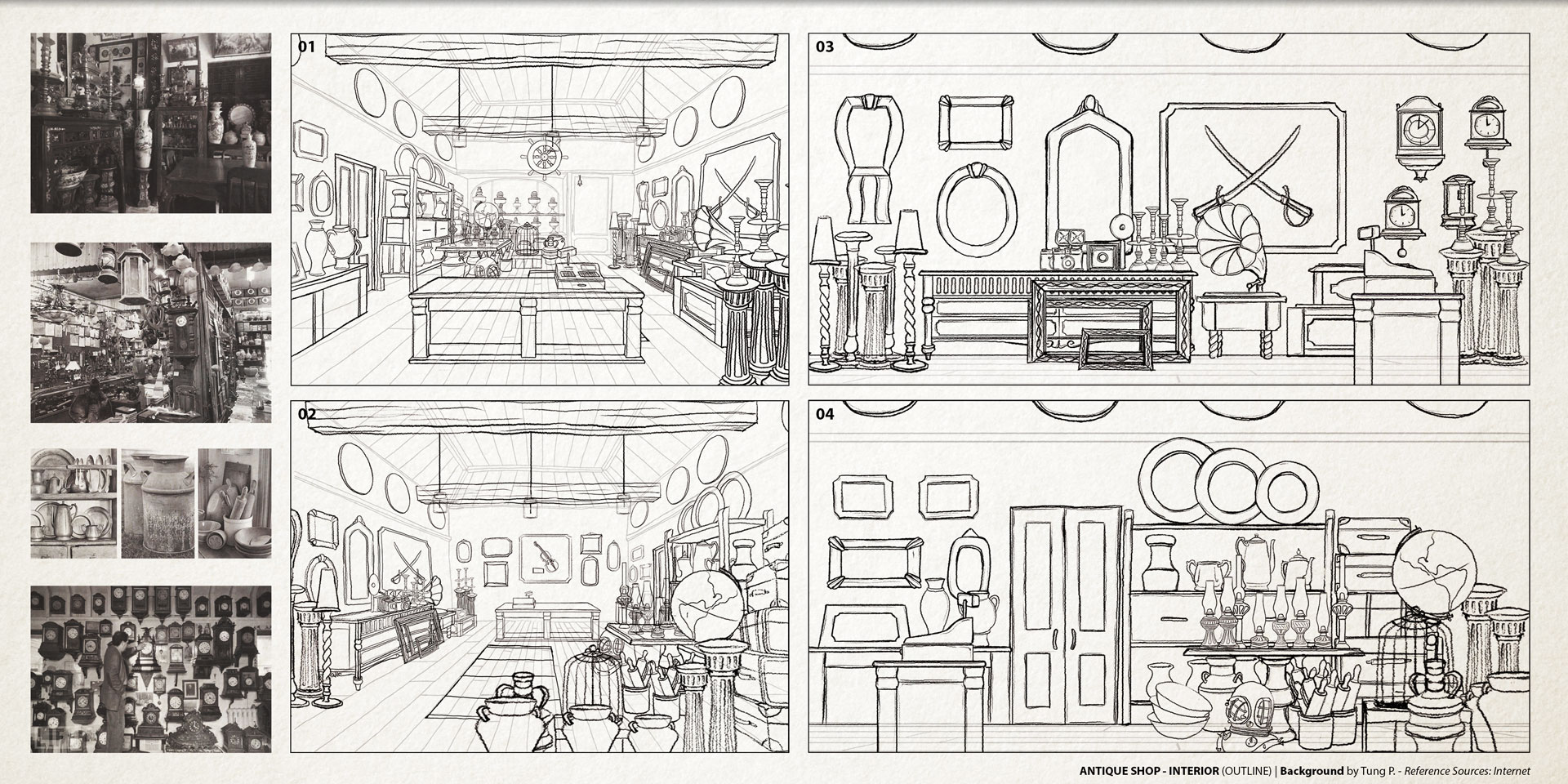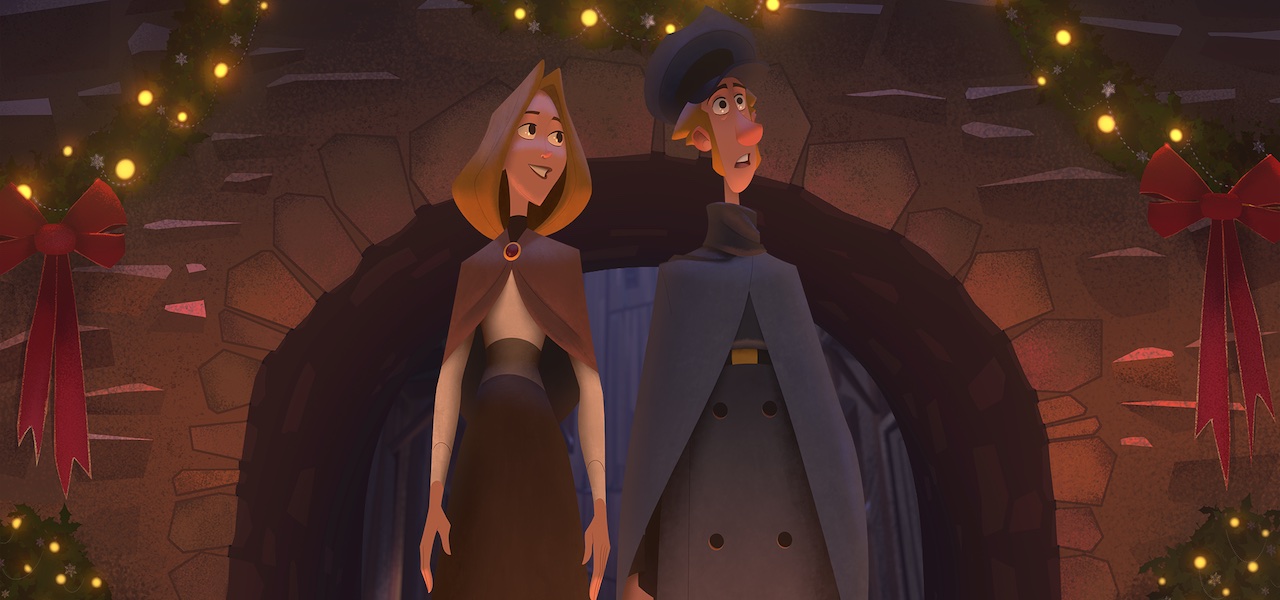
- Production design animation how to#
- Production design animation software#
Production design animation how to#
You can learn how to model using free software. Physical art materials: pencil and paper, paint, ink, chalk.
Production design animation software#
2D animation software (TVPaint, ToonBoom Harmony). 3D modelling, sculpting and painting software (Blender, 3DS Max, Maya, Mudbox, ZBrush, Substance Designer, Quixel). Image editing software (Adobe Photoshop). These are some of the tools used by professionals: Watching animations: have a passion for the medium and a love of the industry. Communication: understand what the director wants and be able to take and act on feedback to alter your designs. Creativity: use your imagination to come up with original and innovative ideas and create work which sparks the director’s imagination. Knowledge of environments: understand architecture, have good awareness of city spaces and countryside landscapes. 
Drawing: have a very high level of technical skill, be able to create work in a variety of styles showing strong attention to detail, have strong understanding of form, colour, texture, and light, know how these elements work together.
 Animation Stuff: Background Design Tips and Tricks. What Goes into the Background Art (in Anime)?. Once those elements are in place, the layout artist decides how the figures should be placed in the background. They draw the backgrounds while the character designers create the figures. That’s where background designers come in. Then a storyboard artist sketches the panels which map out the scenes of the animation. The pipeline starts with an idea which is developed into a script. Where does the background design come in the animation pipeline?Īnimation is created through a process in which creatives contribute to the final animation at different stages. In larger studios, these roles will be divided between different people.īackground designers are usually employed as staff in an animation studio, rather than being freelance. In smaller studios they are likely do the role of a layout artist and a background designer. The role of a background designer varies depending on the size of the animation studio.
Animation Stuff: Background Design Tips and Tricks. What Goes into the Background Art (in Anime)?. Once those elements are in place, the layout artist decides how the figures should be placed in the background. They draw the backgrounds while the character designers create the figures. That’s where background designers come in. Then a storyboard artist sketches the panels which map out the scenes of the animation. The pipeline starts with an idea which is developed into a script. Where does the background design come in the animation pipeline?Īnimation is created through a process in which creatives contribute to the final animation at different stages. In larger studios, these roles will be divided between different people.īackground designers are usually employed as staff in an animation studio, rather than being freelance. In smaller studios they are likely do the role of a layout artist and a background designer. The role of a background designer varies depending on the size of the animation studio. 
Once approved, these designs can be refined with line and tone, often by a layout artist. They present these designs to the director and address any of their feedback to create a scene with which the director is happy. Background designers also watch out for the way objects in the foreground and background of scenes will interact and make sure that everything lines up appropriately and that nothing is too distracting. They create designs which fit the style of the animation, thinking about colour, texture and light. Sometimes multiple scenes will use the same background, so, firstly, they need to make a list of all the backgrounds that need to be designed for the film. Once the storyboard has been signed off, they use the storyboard panels as a basis and inspiration from which to create detailed backgrounds for each scene. Background designers design the scenery around, or on top of, where the animation happens.







 0 kommentar(er)
0 kommentar(er)
